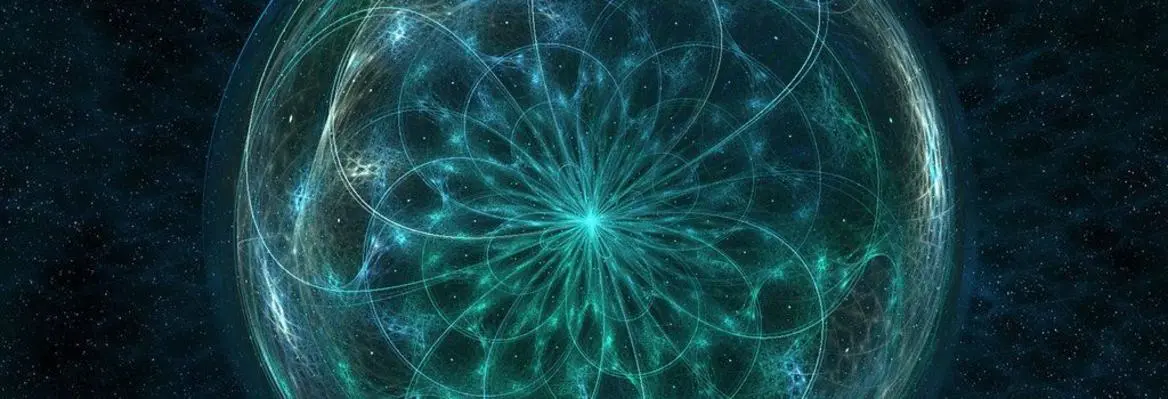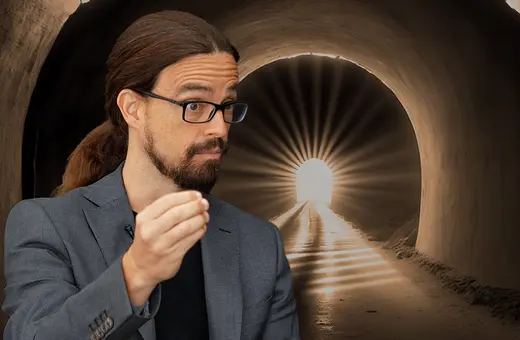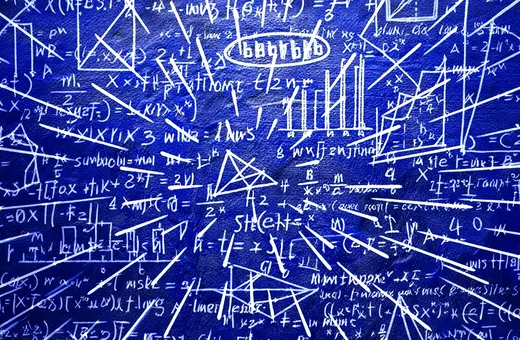Julian Barbour is a British physicist with research interests in quantum gravity and the history of science. He rose to public prominence on the back of his 1999 book, The End of Time, which proposed the idea of timeless physics: the controversial view that time, as we perceive it, does not exist as anything other than an illusion. Since then, he has also written The Discovery of Dynamics and Absolute or Relative Motion?
We spoke to him about the structure of space, time as an illusion, and the possibility of finding an elegant description of the universe we live in.
Newton and Leibniz had conflicting ideas about the structure of space. How did they differ, and which of the two proved to be more successful in describing the universe?
Newton thought that space is like a huge block of unchanging and invisible ice with each point like every other. He felt he needed such a concept to make sense of his first law of motion, according to which a body left to itself will move forever in a straight line (the law of inertia). Leibniz did not like the invisibility of space: you could imagine moving the whole universe in some direction, but nothing visible would be changed. He therefore argued that only the distances between objects have reality.
However, he never formulated laws that would determine how the distances should change, and for two centuries Newton appeared to be the victor in the debate. However, Newton's laws were not confirmed relative to space but relative to the distant stars, as Mach pointed out, arguing that they must explain why Newton's law of inertia works so well through some as yet unknown mechanism.
Einstein tried very hard to implement this idea in his general theory of relativity which definitely shows that, as regards the nature of space, Leibniz was much closer to the truth than Newton, and will definitely be vindicated if observations show that the universe is spatially closed in the way that the surface of the Earth is in two dimensions. However, much of the most basic structure of Newtonian dynamics is still valid, so in that respect he was much closer to the truth than Leibniz.
How does the way space is structured inform the way that you argue we should think about motion?
Einstein showed that space need not have a fixed structure but can change from place to place in accordance with a definite law, which is remarkably simple and beautiful. His law is formulated in terms of four-dimensional space-time, and his law says how it is curved at every point.
In the work of my collaborators and myself, we study how the shape of three-dimensional space changes. We call this Shape Dynamics. It is much closer to the way Leibniz and Mach thought. It leads to a radically different way of describing gravity but one that still essentially agrees with the actual predictions of Einstein's theory. This different formulation could cast light on the nature of the Big Bang. It also suggests an explanation for why time always seems to flow in one direction. The real test will come if and when a quantum theory of gravity has been created. We suspect that it will be easier to create it on the basis of Shape Dynamics than using Einstein's General Relativity.
In your book The End of Time you argue that time is an illusion. How did the need for a quantum theory of gravity impact this?















Join the conversation